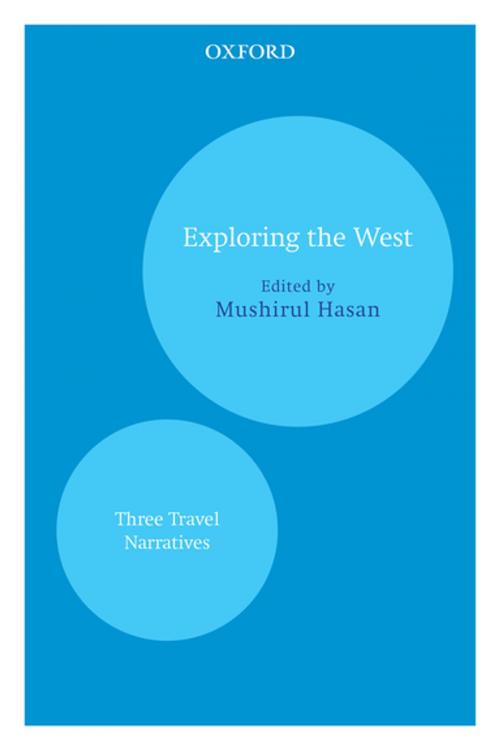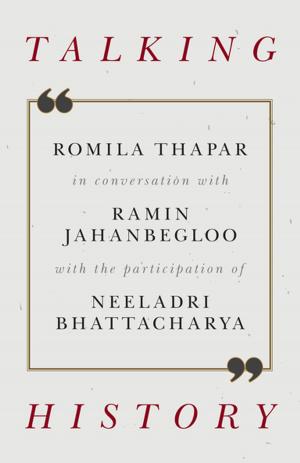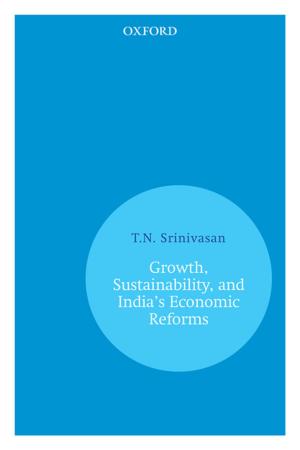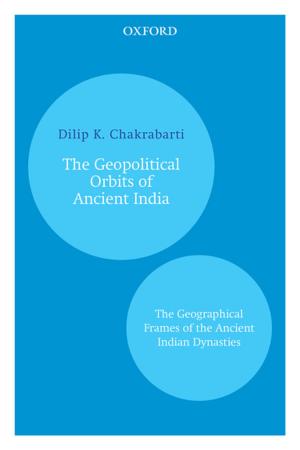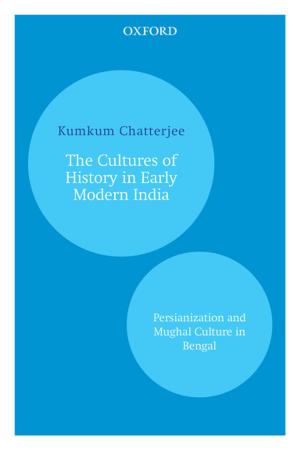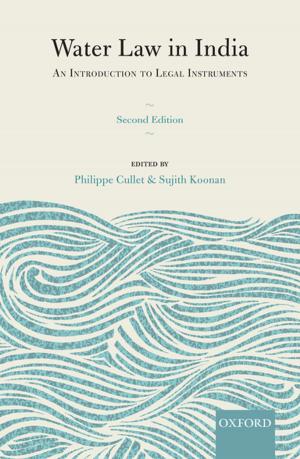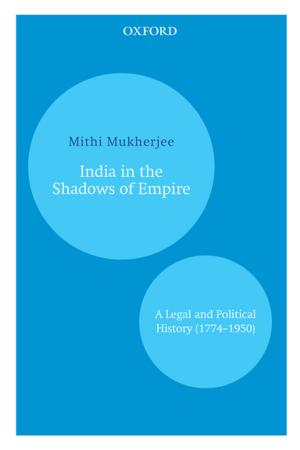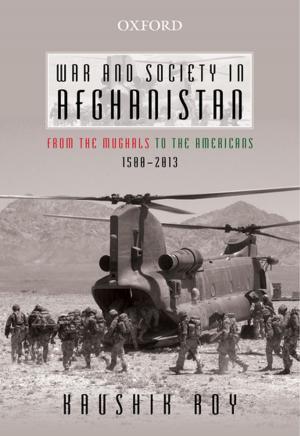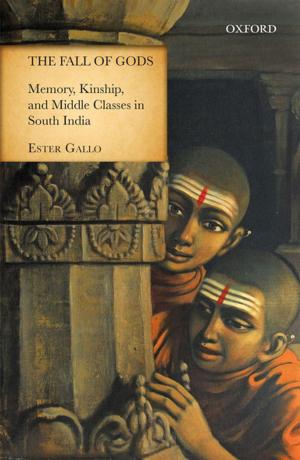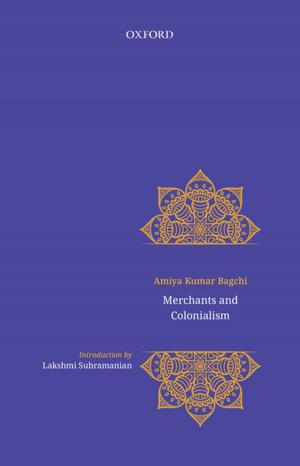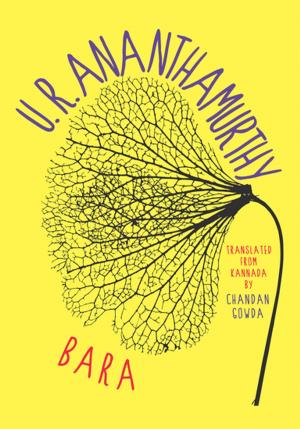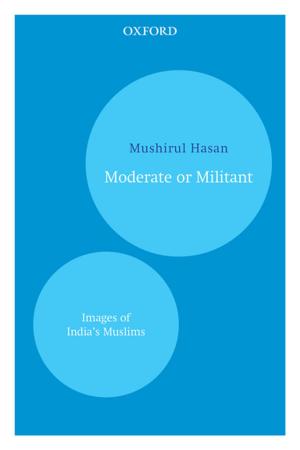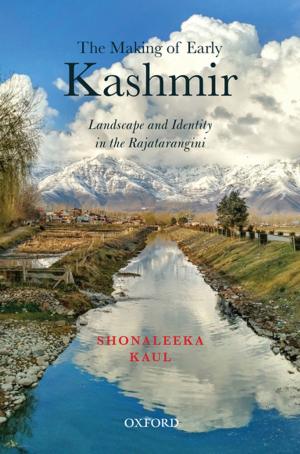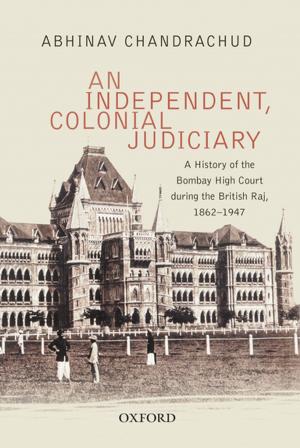Exploring the West
Three Travel Narratives
Nonfiction, History, Asian, India, Travel, Adventure & Literary Travel| Author: | ISBN: | 9780199088133 | |
| Publisher: | OUP India | Publication: | October 21, 2009 |
| Imprint: | OUP India | Language: | English |
| Author: | |
| ISBN: | 9780199088133 |
| Publisher: | OUP India |
| Publication: | October 21, 2009 |
| Imprint: | OUP India |
| Language: | English |
Inverting the conventional imagery of Europeans' travel narratives about South Asia, this omnibus brings together three fascinating accounts of Indian interaction with the West. It raises interesting questions about cross-cultural encounters. Is the West objectively perceived and represented? Do observers colour fact with fiction? Do they talk of an East–West divide? The first volume is an account of Itesamuddin's travel (1766–9) to Europe. Set in the context of the grant of Diwani to the British in India, Images of the West, offers fresh insights on the state and everyday life in England discussing questions of religious controversies, military, and law. Its author also gives us a panoramic view of the socio-cultural life, flora and fauna, and education and lifestyles. Abu Taleb's travelogue provides a non-Western representation of the West, sheds light on the national customs and manners of Europeans. Westward Bound, comprises his impressions of England, France, Genoa, Malta, Turkey, and Baghdad during his travels (1799–1803). His understanding of cultural streams in the East and West provide an alternative viewpoint on the encounter between Pax Brittanica and the sharif families of North India. Seamless Boundaries presents the autobiography of Lutfullah Khan, one of the earliest known works by an Indian in English. Traversing geographical and cultural boundaries, Lutfullah's narrative defies conventional labels. He explores events, people, and their culture beyond the mere east–west dichotomies. He also presents a graphic account of his voyage to England in 1844. Mushirul Hasan's introduction explores the life and times of these travellers. Arguing for exploring the West and the Muslim societies from an unsentimental and wide-ranging perspective, he investigates the discourse on East–West relations, and highlights the significance of travel narratives as historical records in the production of knowledge.
Inverting the conventional imagery of Europeans' travel narratives about South Asia, this omnibus brings together three fascinating accounts of Indian interaction with the West. It raises interesting questions about cross-cultural encounters. Is the West objectively perceived and represented? Do observers colour fact with fiction? Do they talk of an East–West divide? The first volume is an account of Itesamuddin's travel (1766–9) to Europe. Set in the context of the grant of Diwani to the British in India, Images of the West, offers fresh insights on the state and everyday life in England discussing questions of religious controversies, military, and law. Its author also gives us a panoramic view of the socio-cultural life, flora and fauna, and education and lifestyles. Abu Taleb's travelogue provides a non-Western representation of the West, sheds light on the national customs and manners of Europeans. Westward Bound, comprises his impressions of England, France, Genoa, Malta, Turkey, and Baghdad during his travels (1799–1803). His understanding of cultural streams in the East and West provide an alternative viewpoint on the encounter between Pax Brittanica and the sharif families of North India. Seamless Boundaries presents the autobiography of Lutfullah Khan, one of the earliest known works by an Indian in English. Traversing geographical and cultural boundaries, Lutfullah's narrative defies conventional labels. He explores events, people, and their culture beyond the mere east–west dichotomies. He also presents a graphic account of his voyage to England in 1844. Mushirul Hasan's introduction explores the life and times of these travellers. Arguing for exploring the West and the Muslim societies from an unsentimental and wide-ranging perspective, he investigates the discourse on East–West relations, and highlights the significance of travel narratives as historical records in the production of knowledge.
